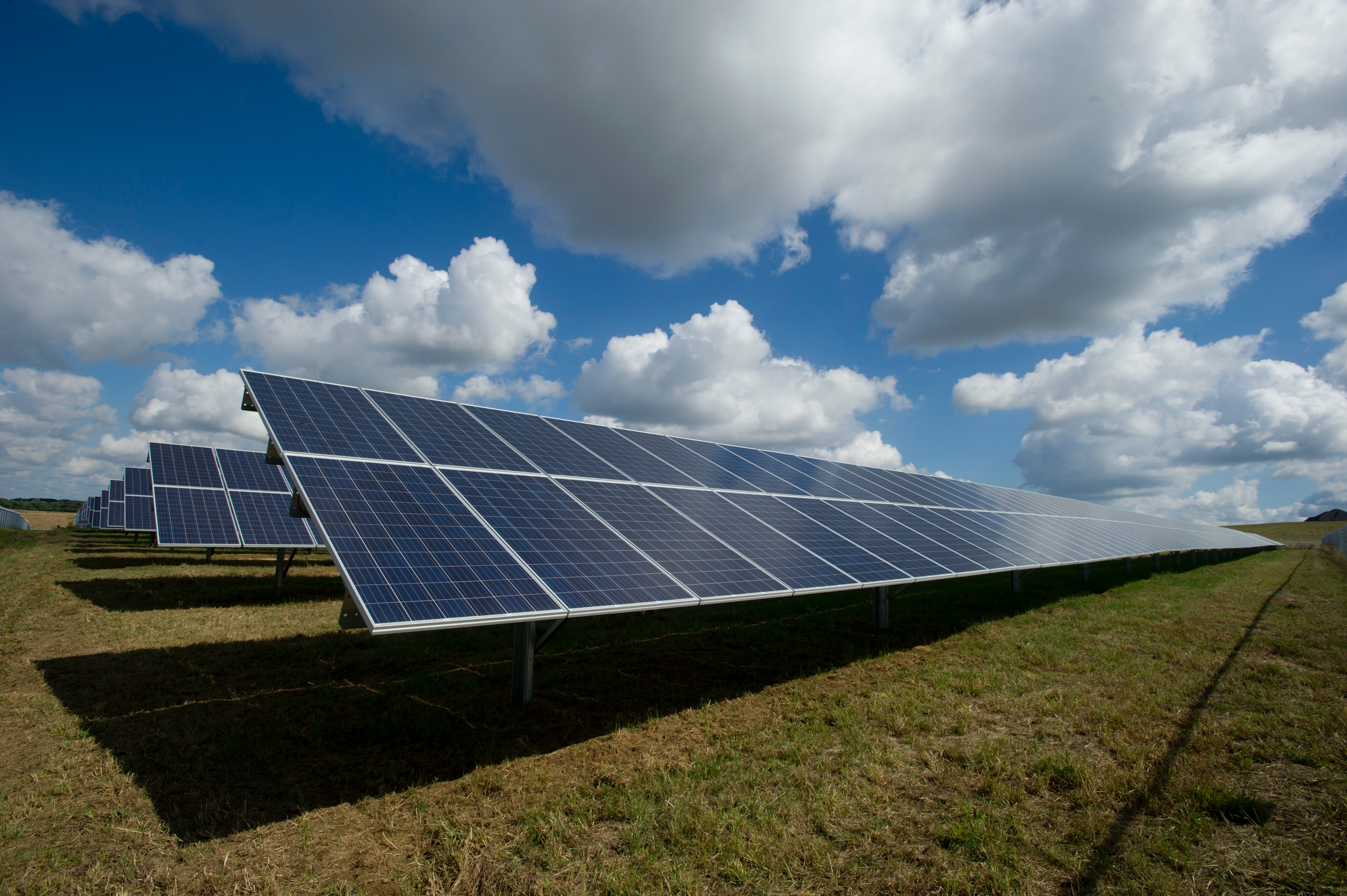Sustainable and Resilient Energy
The sudden and extreme increase in energy prices and the subsequent emergence of broader inflation is a significant negative shock for the economy, hurting households and firms. Fighting inflation is a task for policymakers, in particular central banks. However, the different trade-offs that central banks face, make the fight against inflation complex. Expectations of success in the short run should not be too high. Moreover, the lack of coordination between monetary and fiscal policies is an extra challenge. Individual households and firms can do little to nothing against inflation. However, they can and should act to reduce the effect of extremely high energy prices on their standards of living. The recipe is simple: reduce energy demand by becoming more sustainable and increase the supply of alternative sustainable energy sources. Governments can and should support this behavioural change.


C.J.M. Kool
Full professor - Key domain chair
Macro, International & Labour Economics, School of Business and Economics
Shocking inflation
For the first times in many decades, societies in developed countries are suffering from high and rising inflation rates. Of course everybody knew about the dangers of inflation but it was generally seen as a far-away phenomenon, associated with developing and emerging economies. Examples like Turkey, where inflation has exceeded 10 percent per year for at least since the early 2000s and skyrocketed more recently, were often looked upon with a combination of disdain and compassion. In our world with good institutional frameworks and independent central banks such things could not happen. But apparently they can. We have woken up to a new world with rising prices that cripple industrial activity due to unprecedented cost increases and that simultaneously erode consumers’ purchasing power.
Energy crisis and more
Initially, price rises were limited to energy. Multiple factors contributed to this increase. A cold winter last year depleted reserves more than usual. In the Covid-19 period production had been reduced and took time to start up again. At the same time, catch-up demand after Covid-19 caused extra pressure. And of course, the supply reduction by Russia as a political leverage instrument due to the Russian-Ukraine war greatly added to the supply-side problems. Meanwhile, it is not just energy prices that increase anymore. A recent OECD report shows that at this moment more than 60 percent of the items that make up the consumer price index of goods and services in the euro area has risen by more than 4 percent in the last year. Only 9 percent of all items actually experienced a price decline.
Relative prices versus inflation
This draws attention to the difference between absolute and relative prices. Let’s start with relative prices. In our economy there is an almost endless range of goods and services that consumers can buy, such as food, clothes, appliances, cars, housing, haircuts, legal advice etc. etc. All of these individual goods and services have their own prices which can rise or fall, depending on demand and supply in their own market. While food prices may fall due to an extremely good harvest, the price of clothing may rise at the same time due to global supply-chain problems. In itself, this relative price variability is a good thing as it helps to equilibrate supply and demand for individual products.
To know whether prices in general are rising in the economy – that is, whether there is inflation – we collect a representative sample of relative prices in a basket and weigh them with their relative impact. Inflation then is the general trend rise across all goods and services. When this trend becomes too high, we face an inflationary problem with extra societal costs.
A key role for energy prices
For a number of reasons, energy price changes play a more than proportional role in our measures of inflation. First, it is one of the most volatile components of our consumption basket. Second, it has a large weight in the basket. Third and possibly most important, energy not only plays a role on the demand side, as a product consumers need, but also on the supply side. It is an input factor for many of the consumer goods that we produce. Firms that are confronted with rising energy costs will try to pass through these cost increases to their clients by raising final goods prices. That is exactly what is happening now. The final step can be that employees, who are also consumers, want to maintain their standards of living and start asking higher wages. If they succeed, production costs will rise even more, producers feel forced to increase final goods prices again and a real wage-price spiral could start. Inflation expectations are a crucial factor in this wage-price spiral. The more individuals believe inflation will remain high, the more consumers will push for wage increases and the more firms will incorporate these wage increases in their prices. This strengthens the inflationary trend and entrenches inflation expectations deeper in the whole economy. Obviously, avoiding a situation where expectations of high inflation are strongly embedded and where the wage-price spiral has taken off should be a high priority for policymakers.
Limits to monetary policy
Individual consumers and firms can do nothing to defend themselves against inflation: they are captive customers of the situation. In that sense, inflation can be seen as a tax that nobody can avoid. For the fight against inflation, we therefore look to policymakers, in particular to the central bank. Exactly because we know the costs of high inflation, we have created independent central banks with a prime mandate of price stability. In the current situation that should not lead to too much optimism. First, central banks always have trouble in dealing with supply side shocks such as energy price increases. These shocks tend to raise inflation and lower economic activity. When the central bank decided to give priority to fighting inflation the costs in term of unemployment and lost output will increase. If the central bank goes soft on inflation, it remains high and chances are that expectations of high inflation become persistent. Finding the right balance is a challenge.
Second, the current situation is even more complicated than normal in the presence of a supply side shock, certainly for the euro zone. The complications arise from monetary policy in the recent past. To deal with the different crises of the last 15 years – the global financial crisis, the euro debt crisis, the covid-19 crisis – monetary policy has been extremely expansionary through zero interest rate policies and an array of unconventional monetary policies like asset purchase programs. The recent interest rate increases by the ECB, the Federal Reserve and other central banks are still minor compared to the currently high inflation. As a result, real interest rates remain historically low. Simultaneously, long bank balances demonstrate liquidity levels remain high as well. The current interest rate increases should be seen more as symbolic actions to anchor low inflation expectations than as binding contractionary monetary policies. Compared to other central banks, the ECB has the extra complication that a too tight monetary policy might increase interest spreads within the Eurozone. In turn this can lead to financial fragmentation and political upheaval. Recently, the ECB has developed a new temporary support instrument to cope with such fragmentation. Its effectiveness and credibility remains to be seen.
Lack of monetary-fiscal coordination
Third, while central banks at least take symbolic measure to fight inflation, fiscal policies in many countries work in the opposite way. The understandable ambition to support households and firms in a stressful financial situation, governments turn to often untargeted income and price support measures that stimulate demand rather than constraining it.
Increasing resilience: change behavior
What to do for households and firms? Isolating oneself from aggregate inflationary trend is difficult. Even more so as changes in inflation are hard to predict. However, becoming more resilient against energy price shocks is doable. Hereby, it is important to realize that the price of energy – despite its important role – in the end still is a relative price. That price has gone up extremely and may remain high for a longer time, even when the price rises gradually would disappear. Not only the current supply side issues, but also the approaching energy transition will play a role.
We know how to deal with high relative prices: change our behavior. In this case, one approach is to become less dependent on energy by reducing our use of it. Lower energy demand by accepting lower temperatures in our homes and offices will put downward pressure on energy prices as well. But also investing in more sustainable housing and in for example isolation will contribute. A second parallel approach is to invest in the development of alternative sources of energy. Increasing more sustainable supply will have the same effect as decreasing demand: it reduces prices and increases our living standards.
We can change our behavior today. Clearly, the initial effect will be modest with the real gains only coming in the further future. But that is no reason not to start. And here, public policy should play an important role. Rather than providing untargeted income and price support, the government could and should increase its investment and subsidies for nudging private behavior in the right direction: that of sustainable and resilient energy.
Also read
-
ROA publishes new research on international students' stay rates and impact on labor market estimates
-
First-generation non-Western immigrant women more competitive than Dutch women. This and more is shown in research by Dr. Özge Gökdemir and Prof. Devrim Dumludağ of Maastricht University.
-
The Positive Impact Rating 2024 results, which evaluate business schools on their social impact and sustainability efforts, have been released. The Maastricht University School of Business and Economics (SBE) moved up a level and is now considered a "transforming school".

